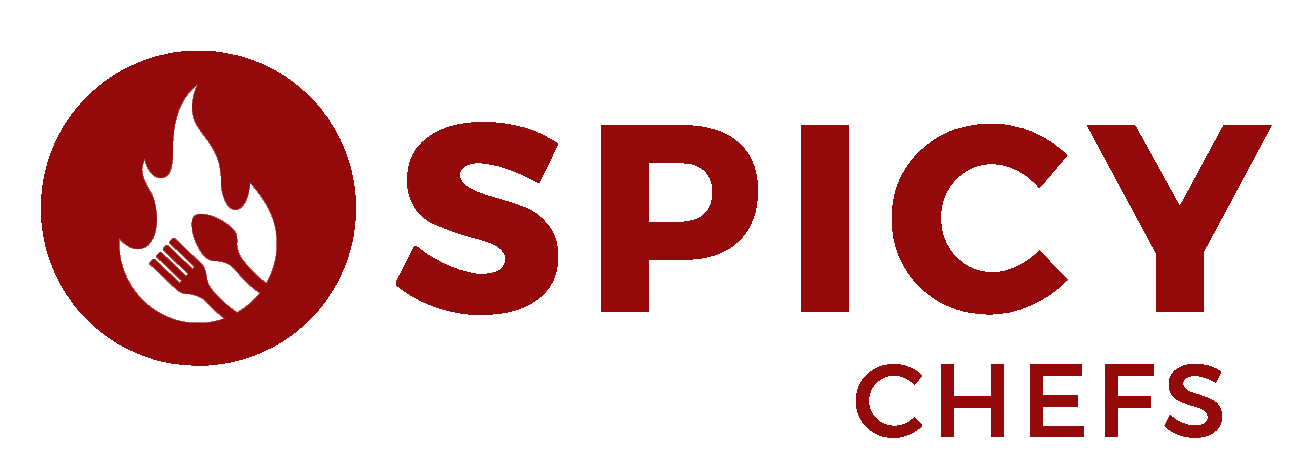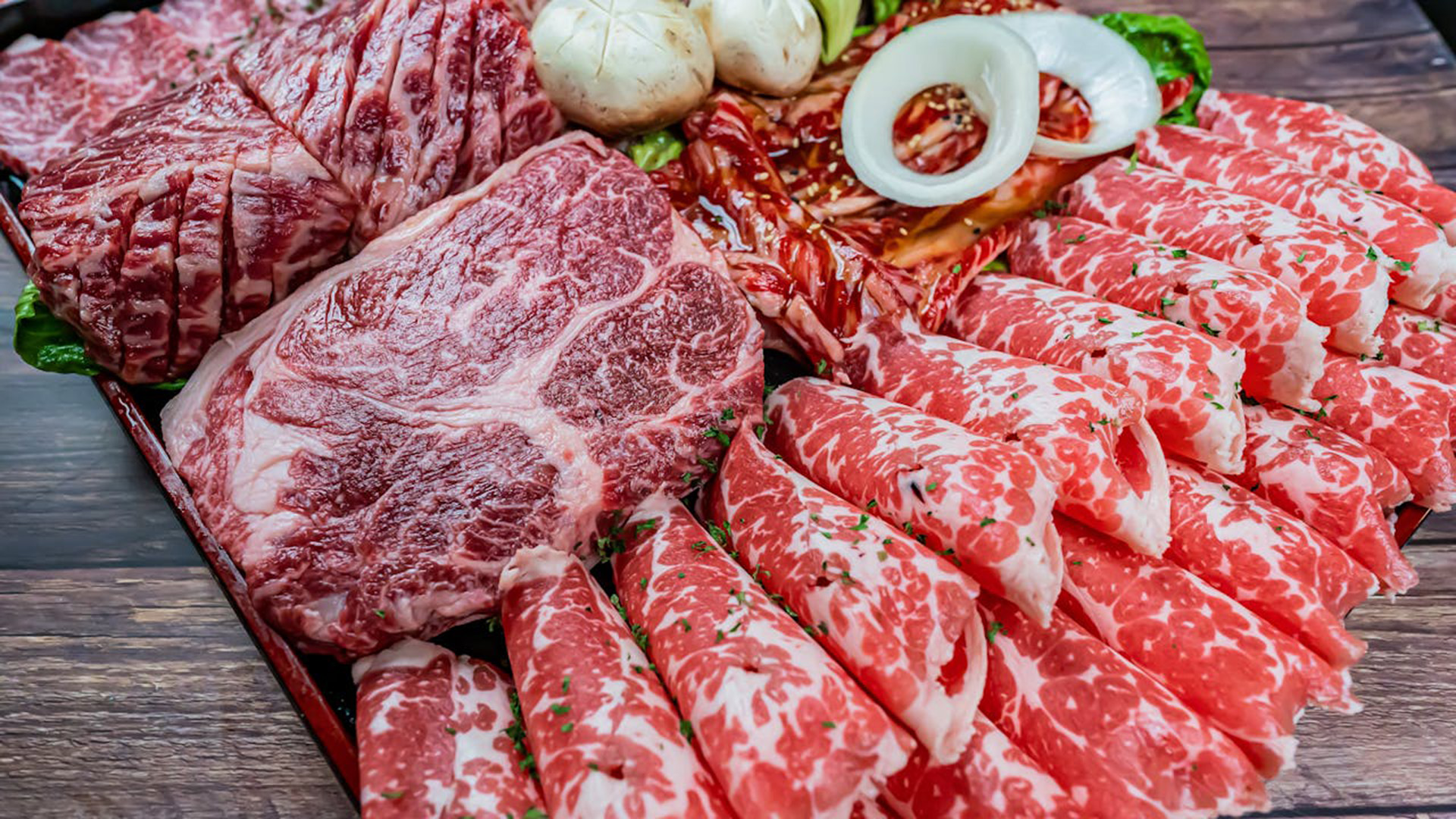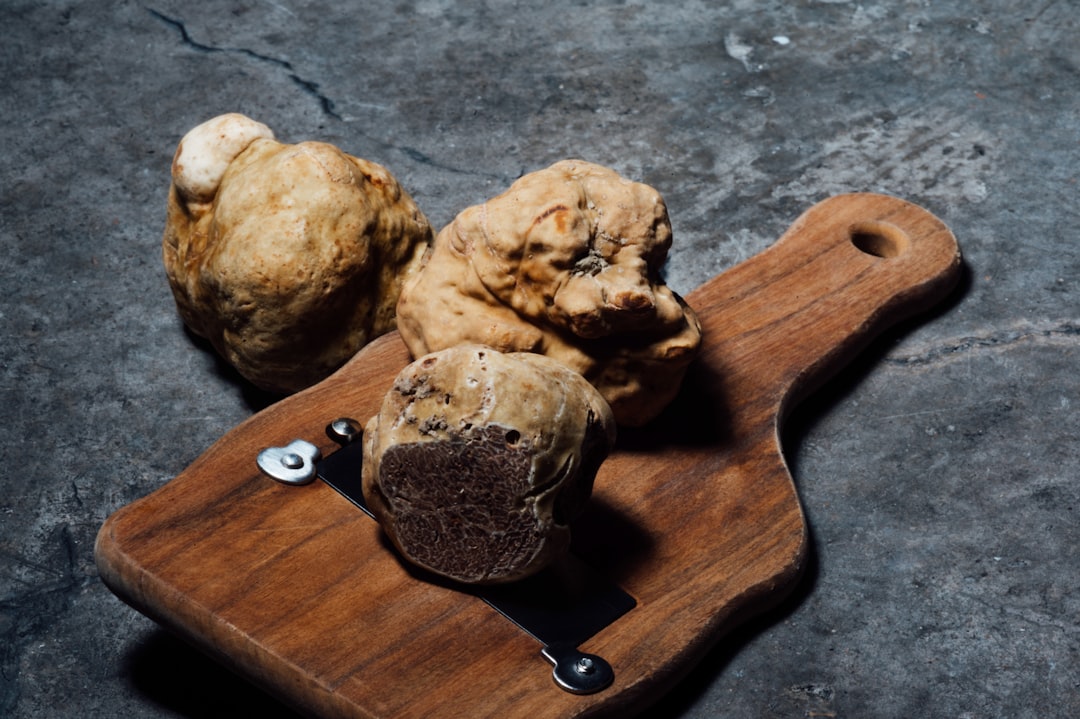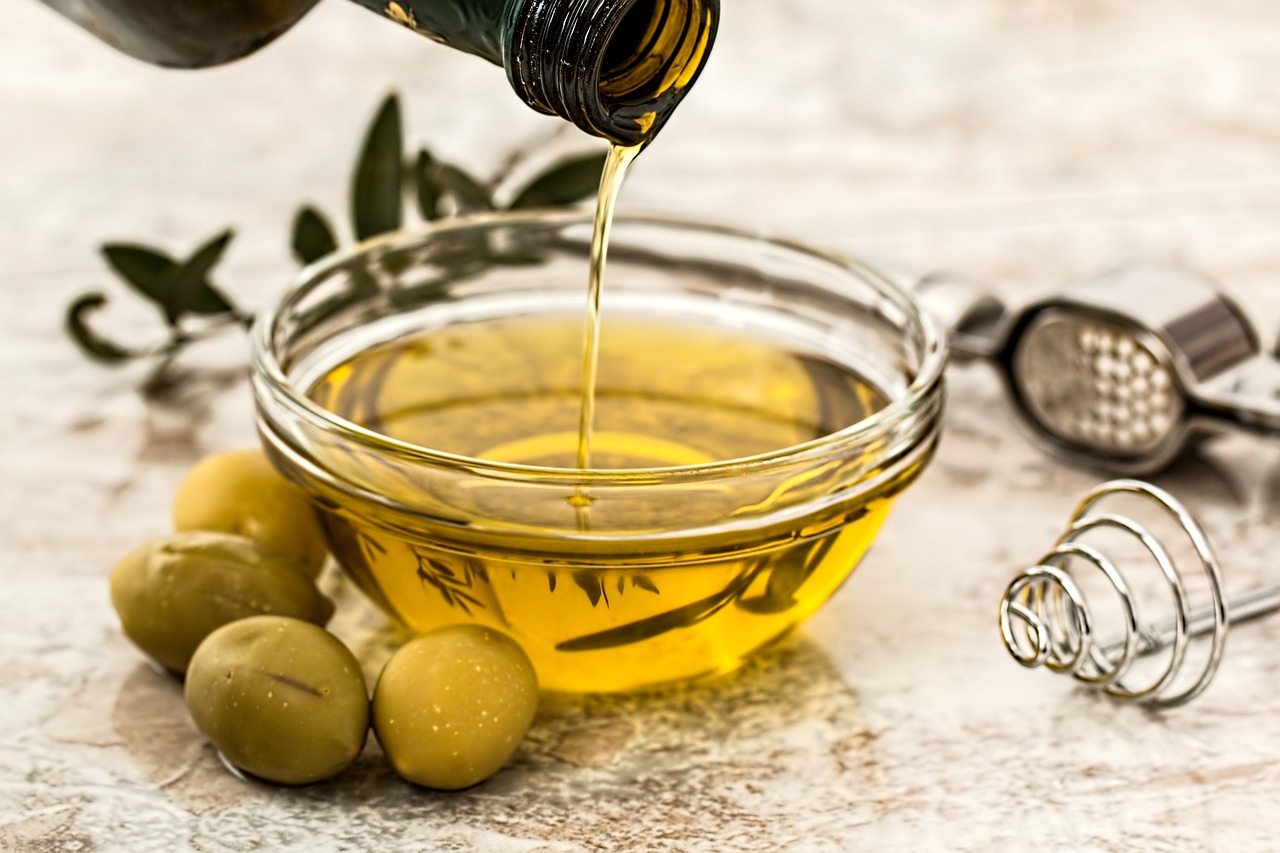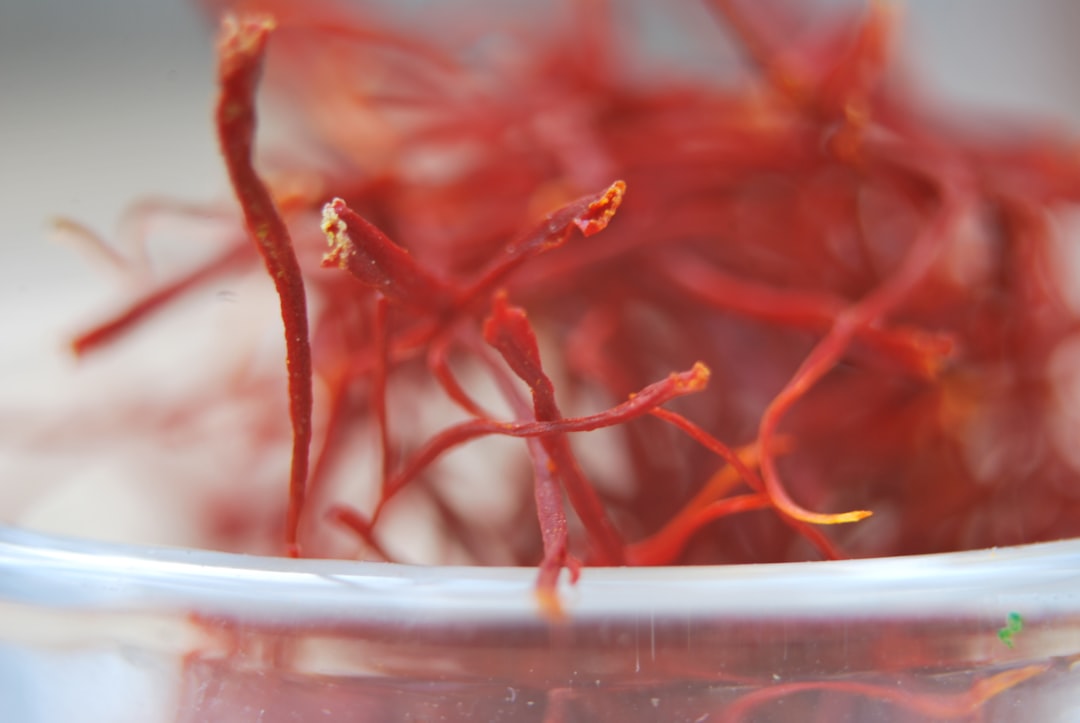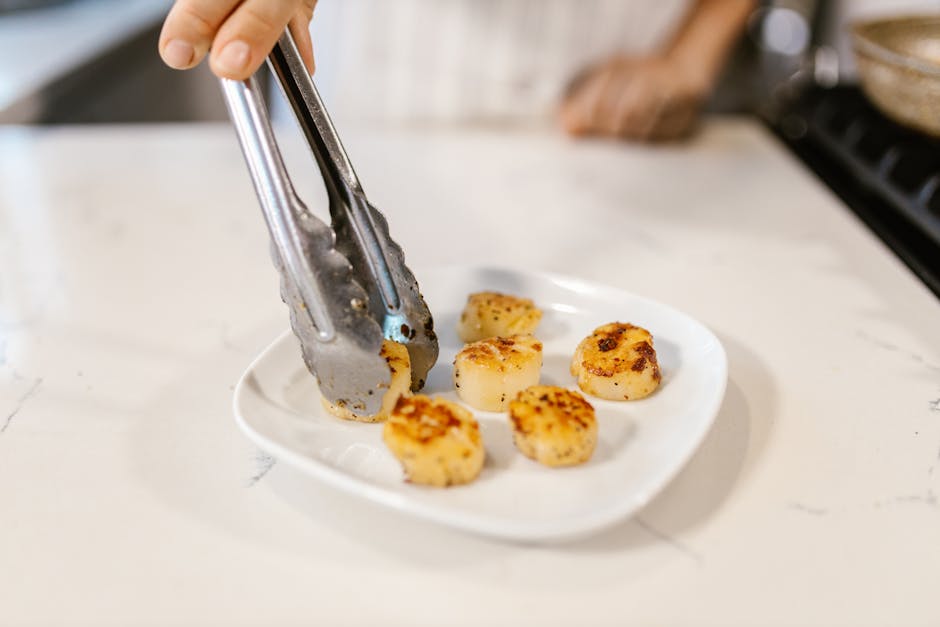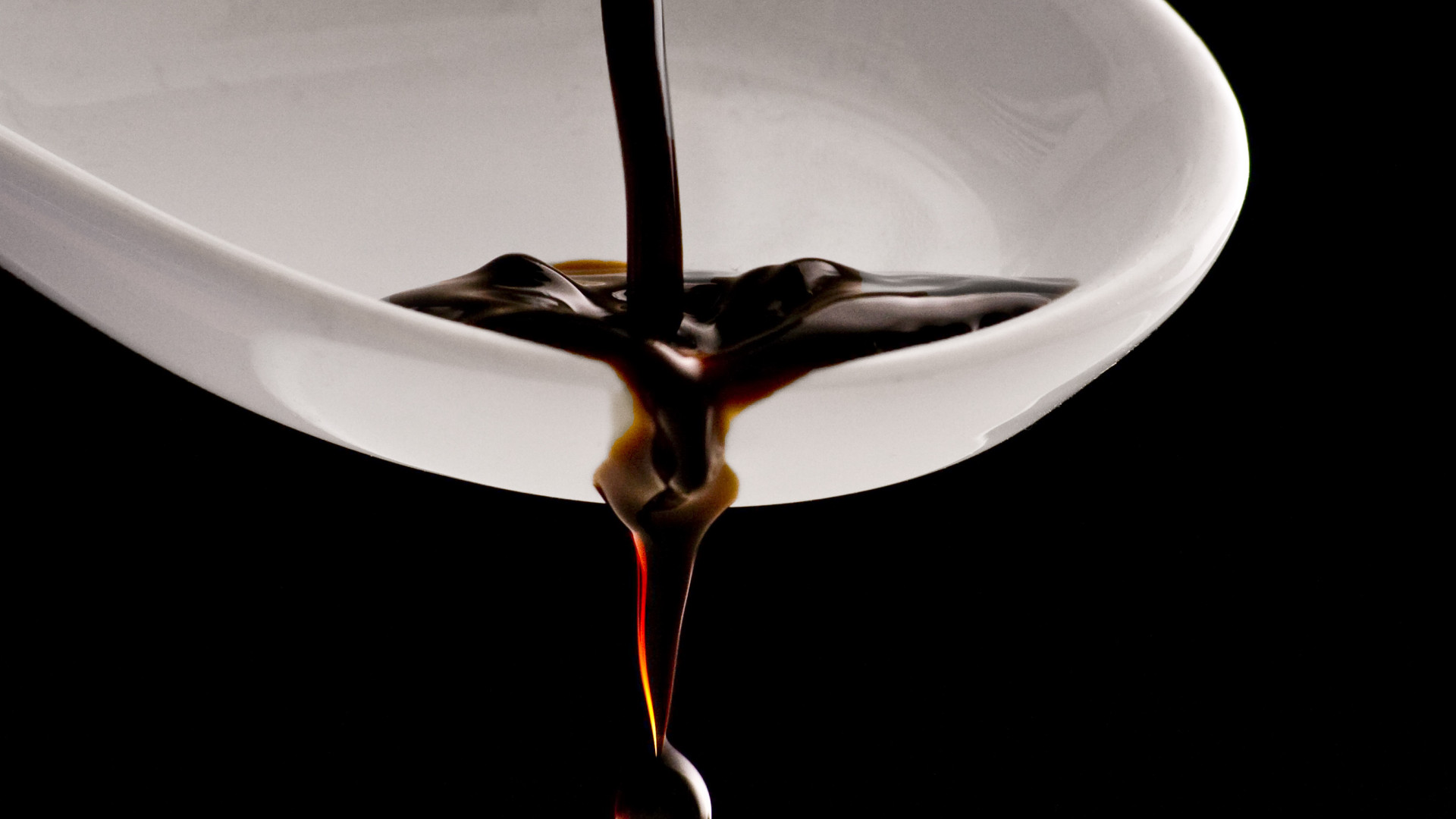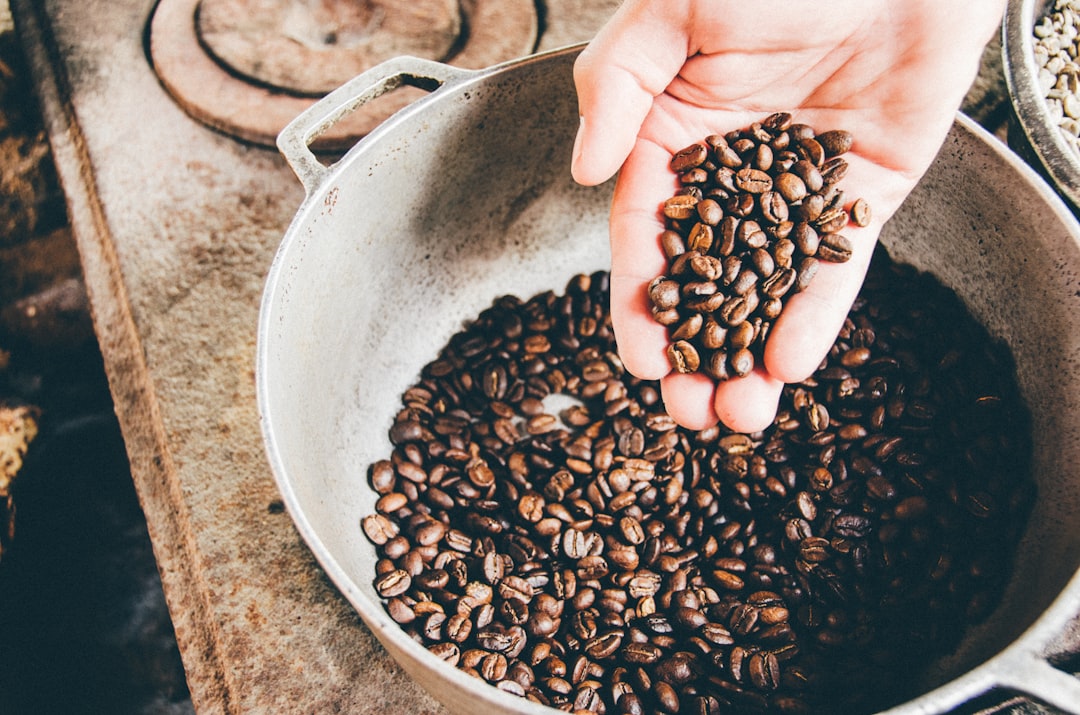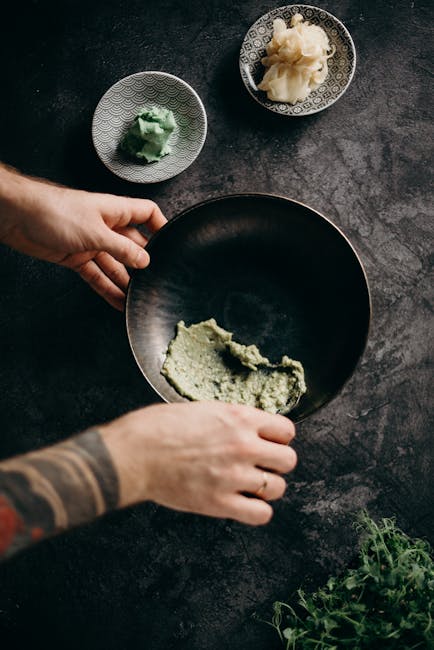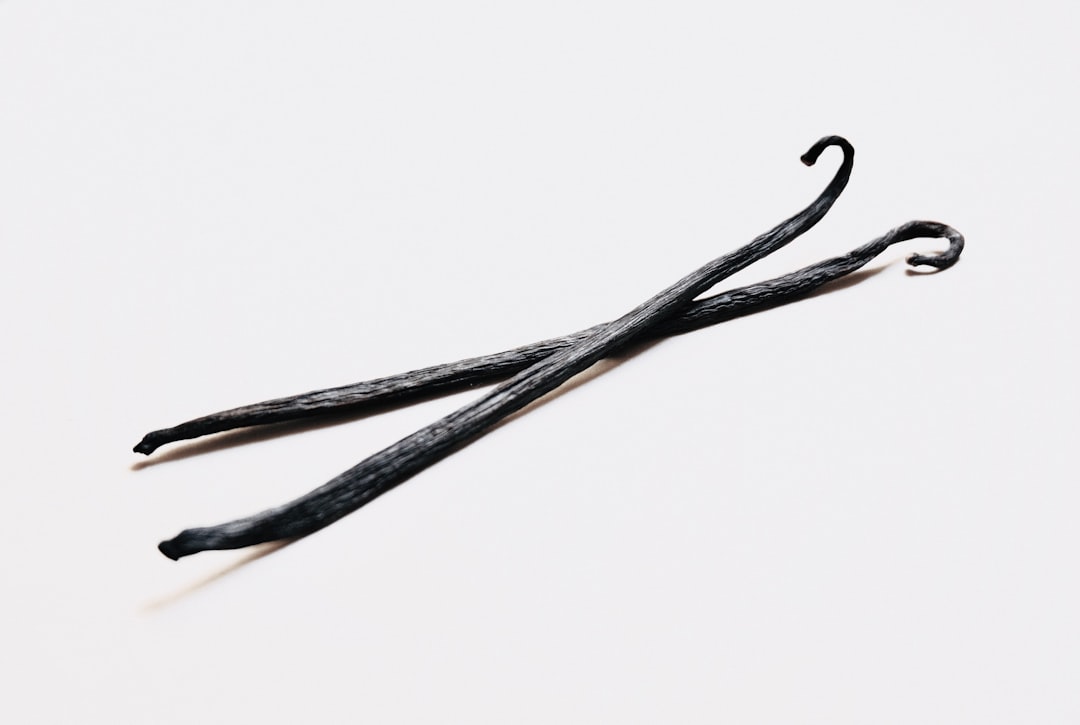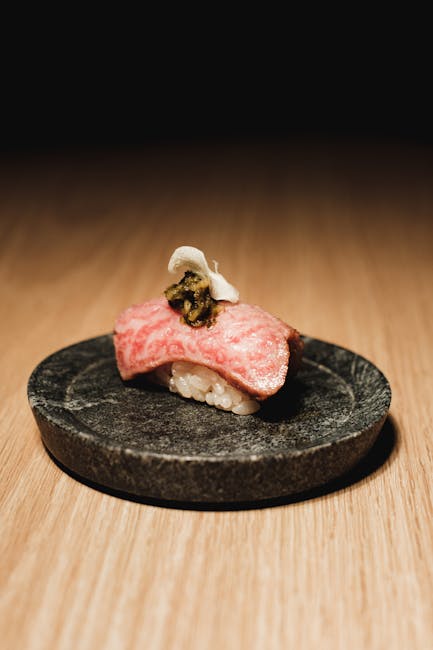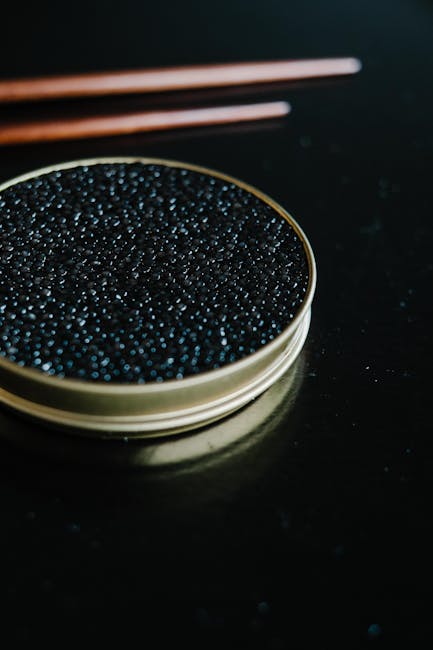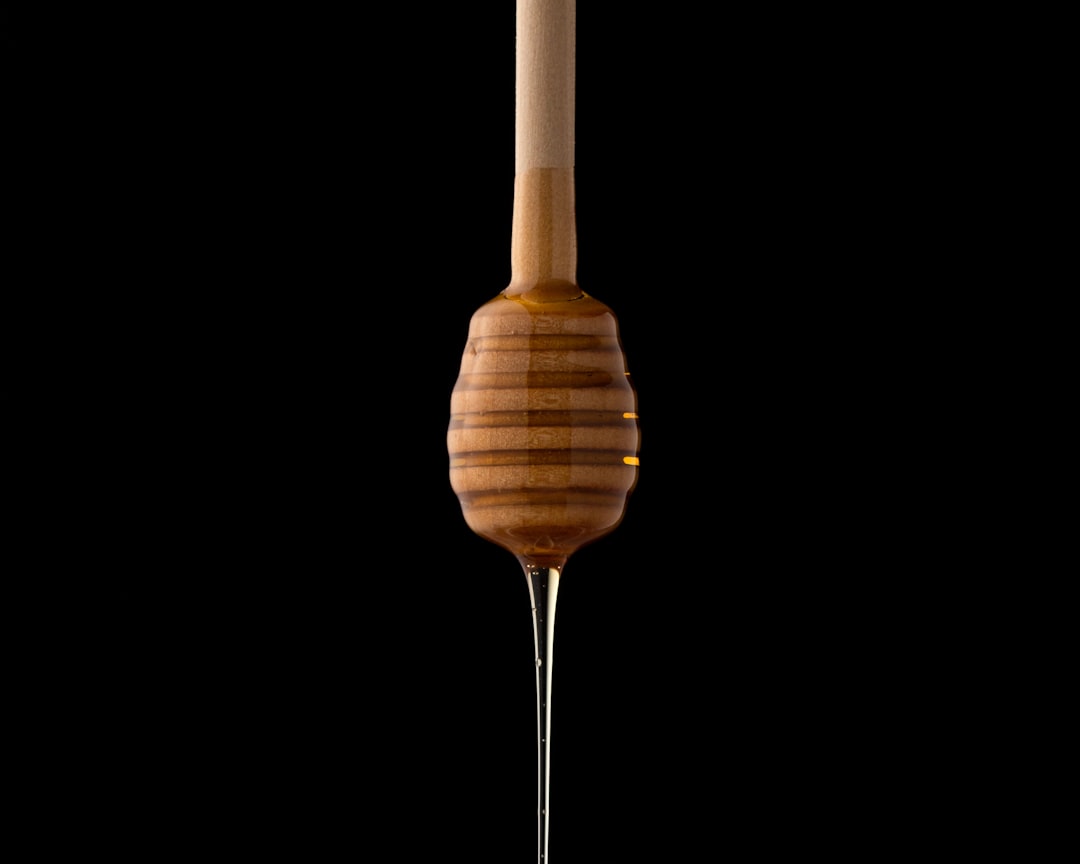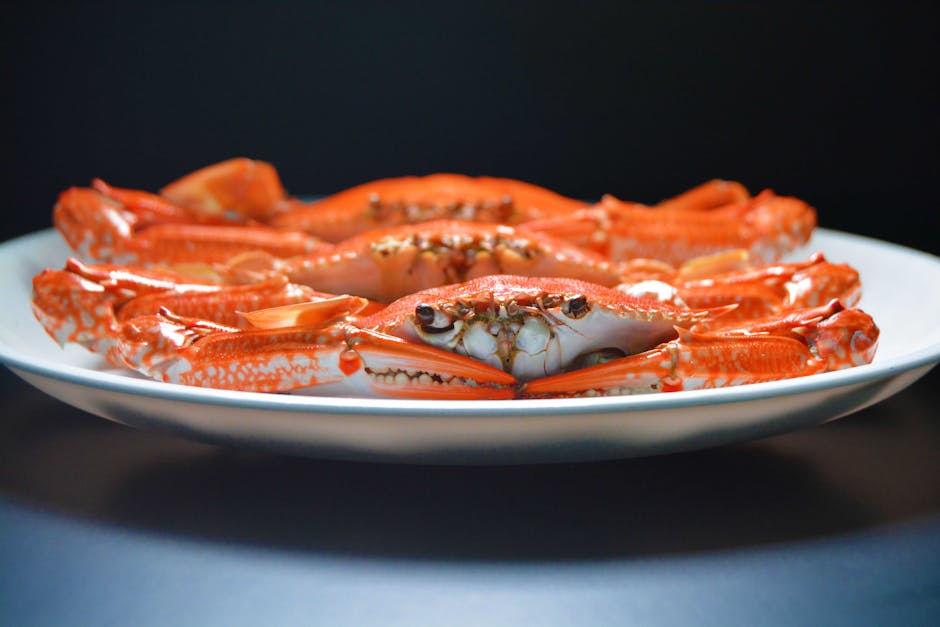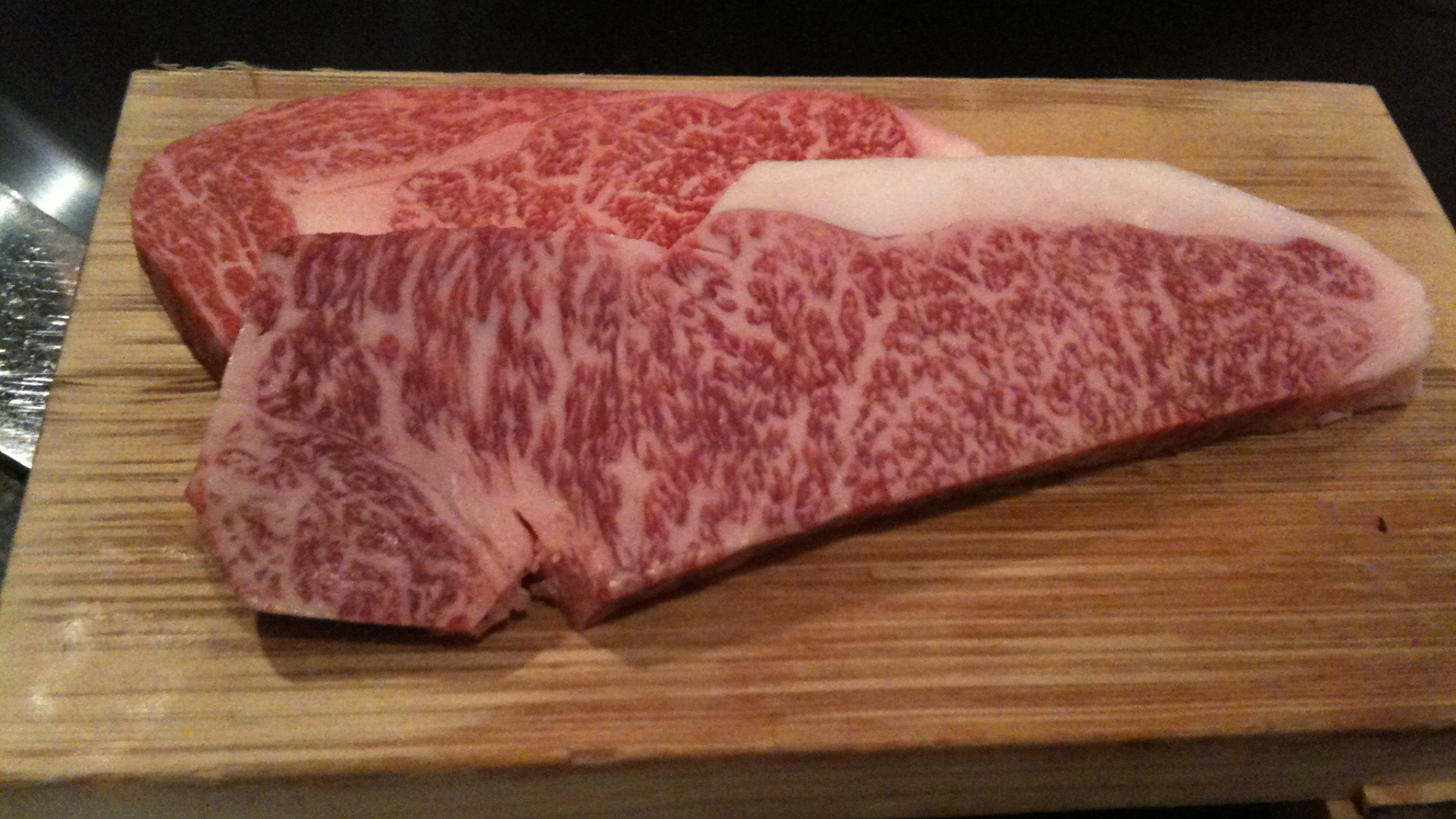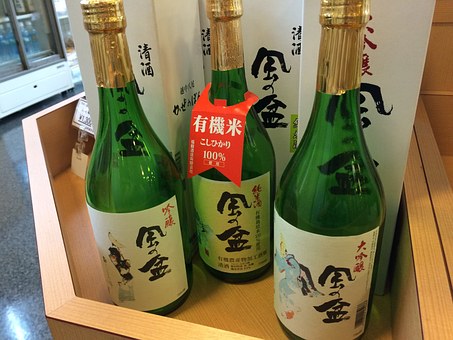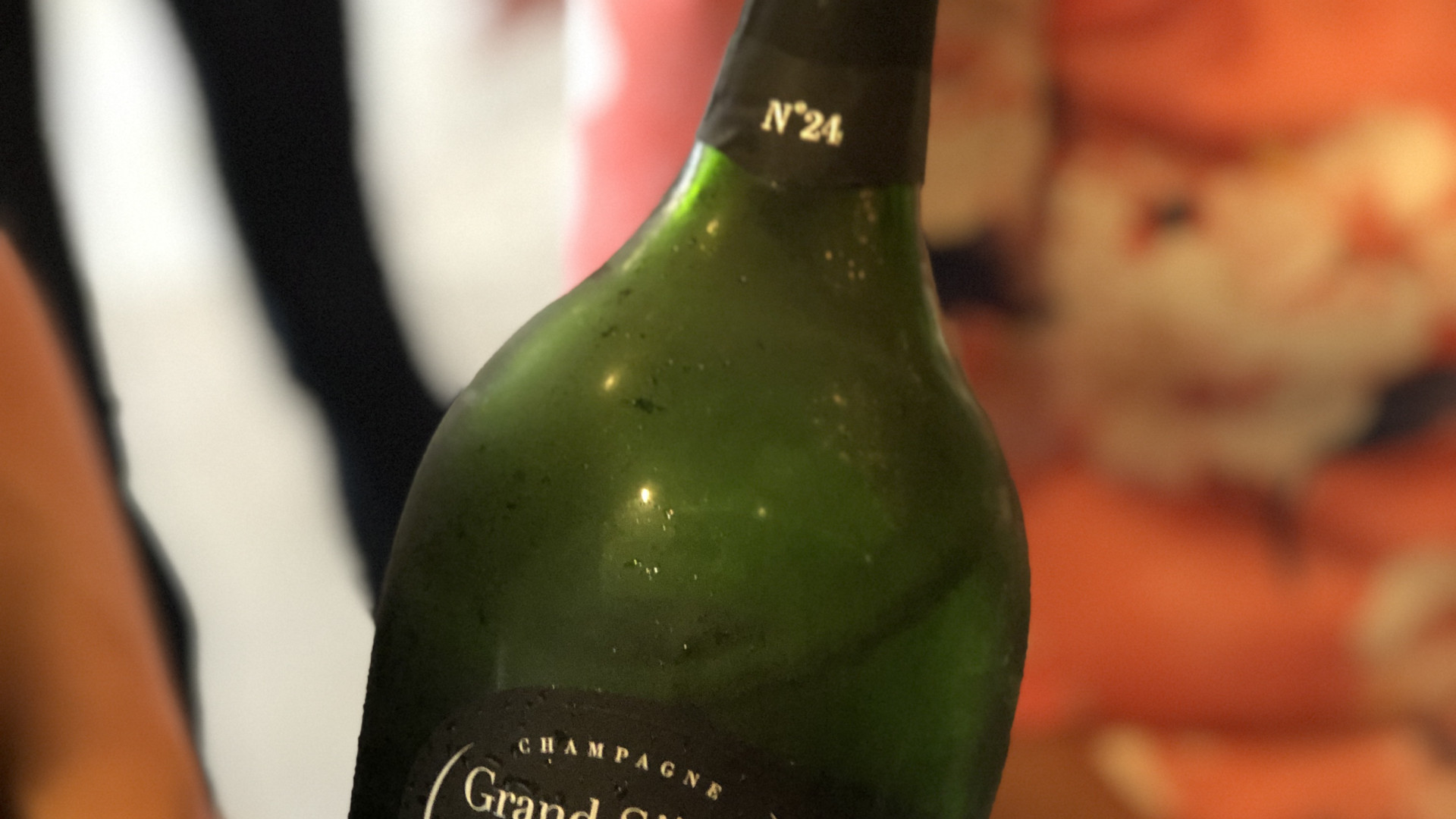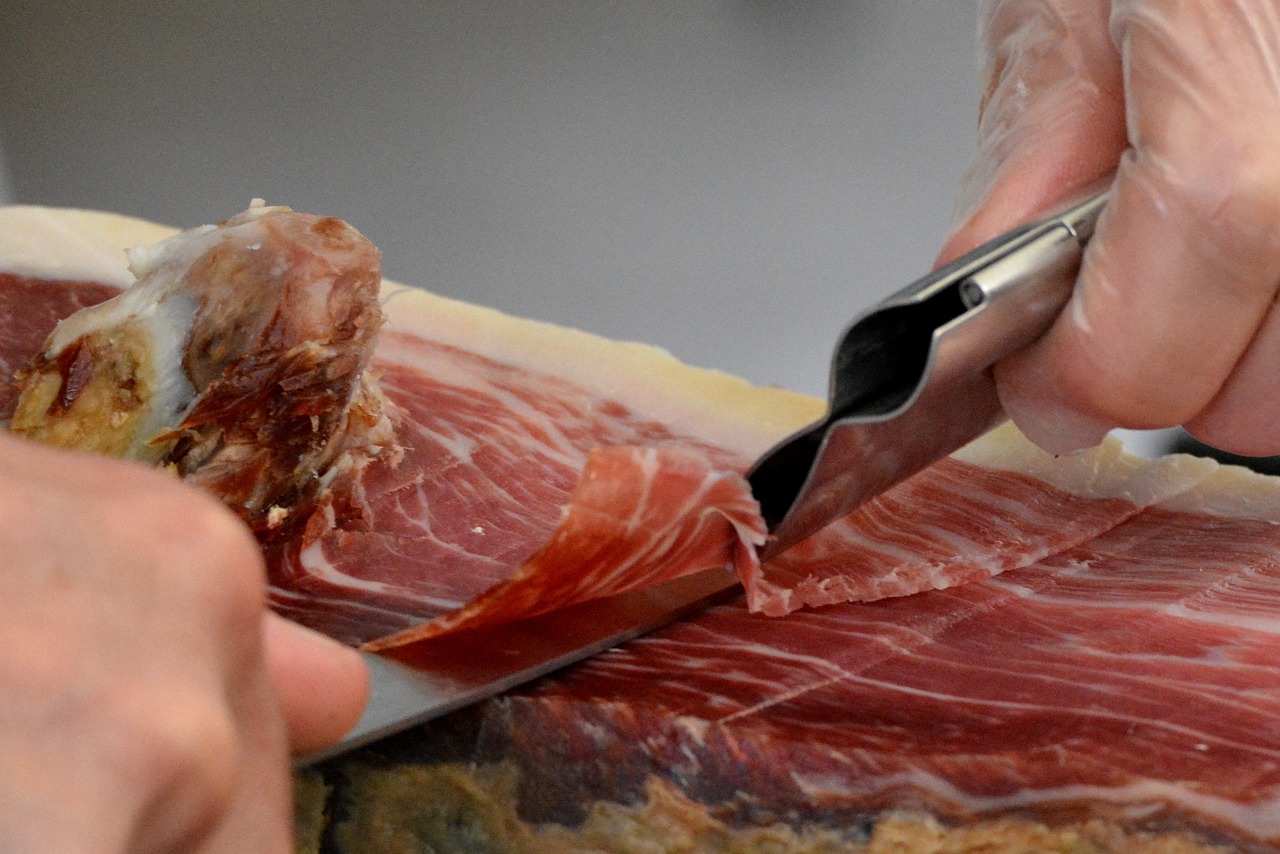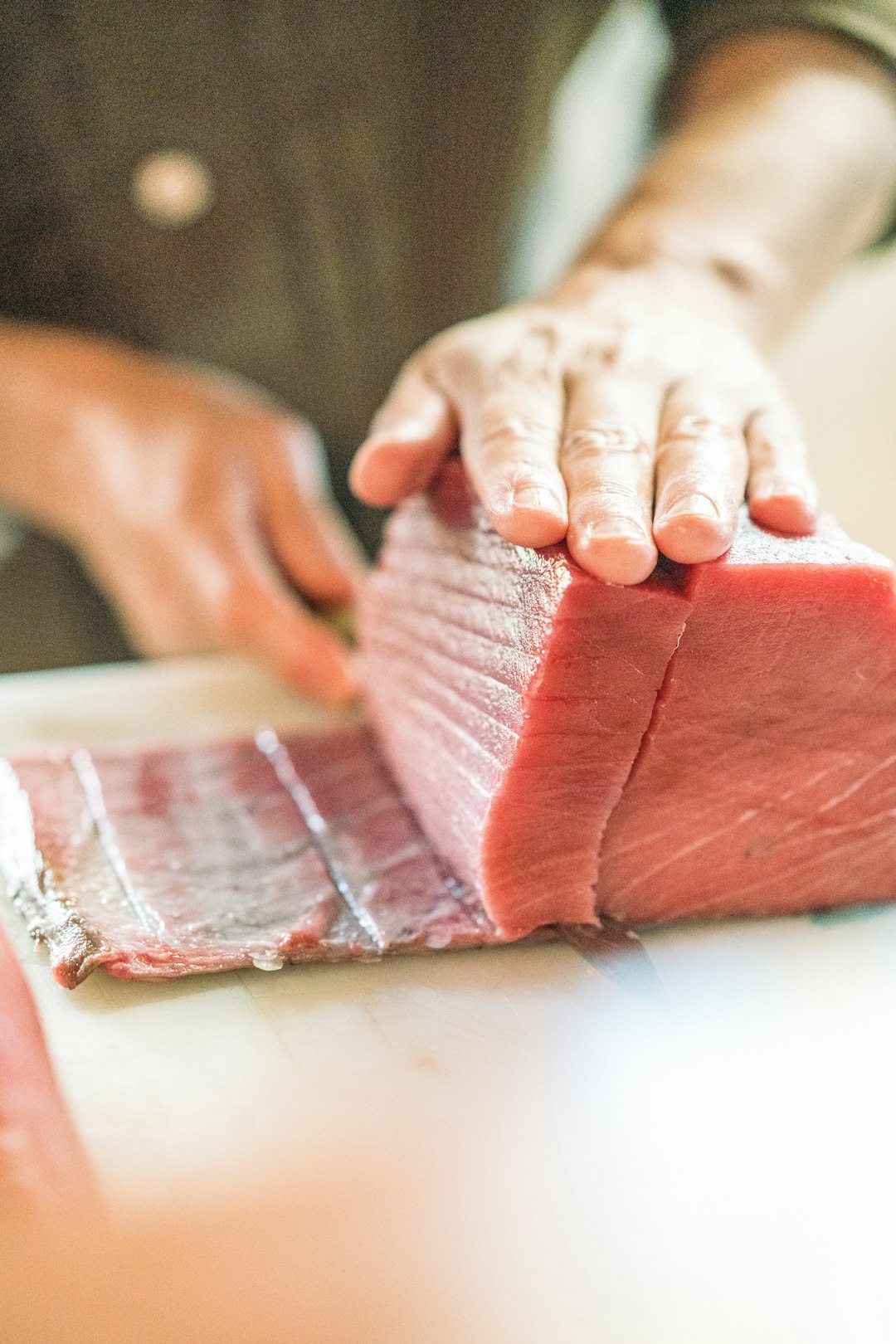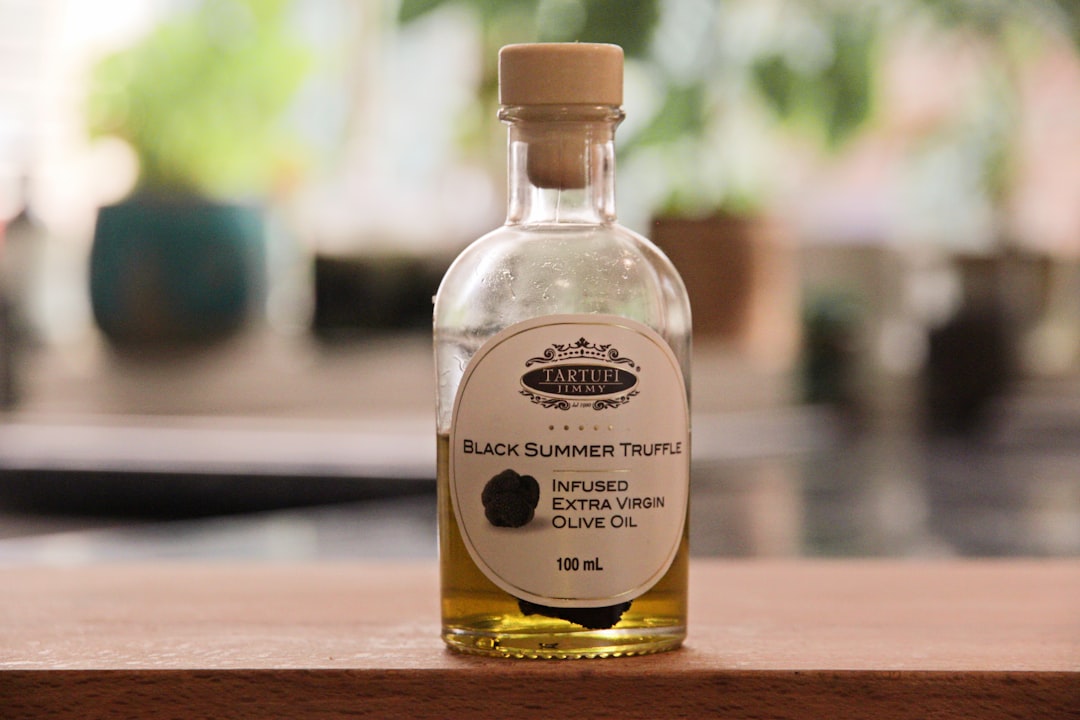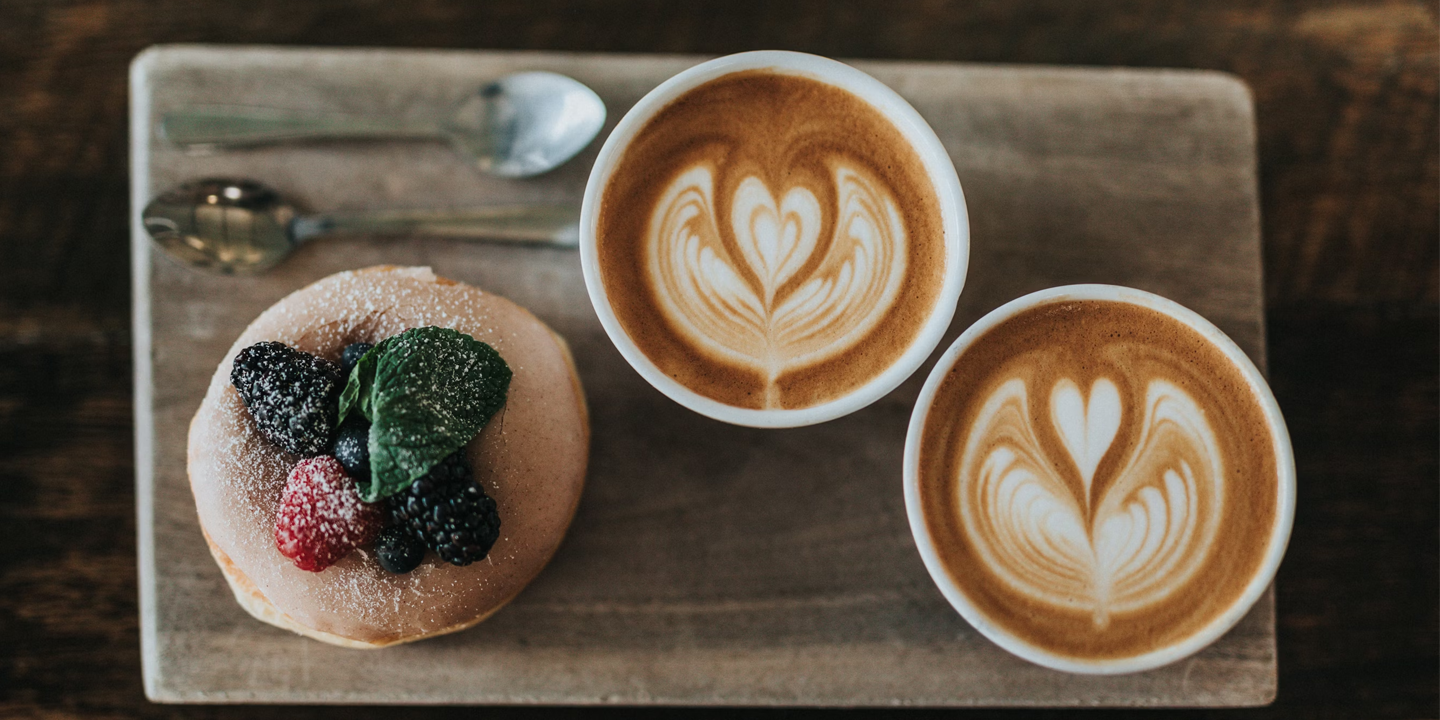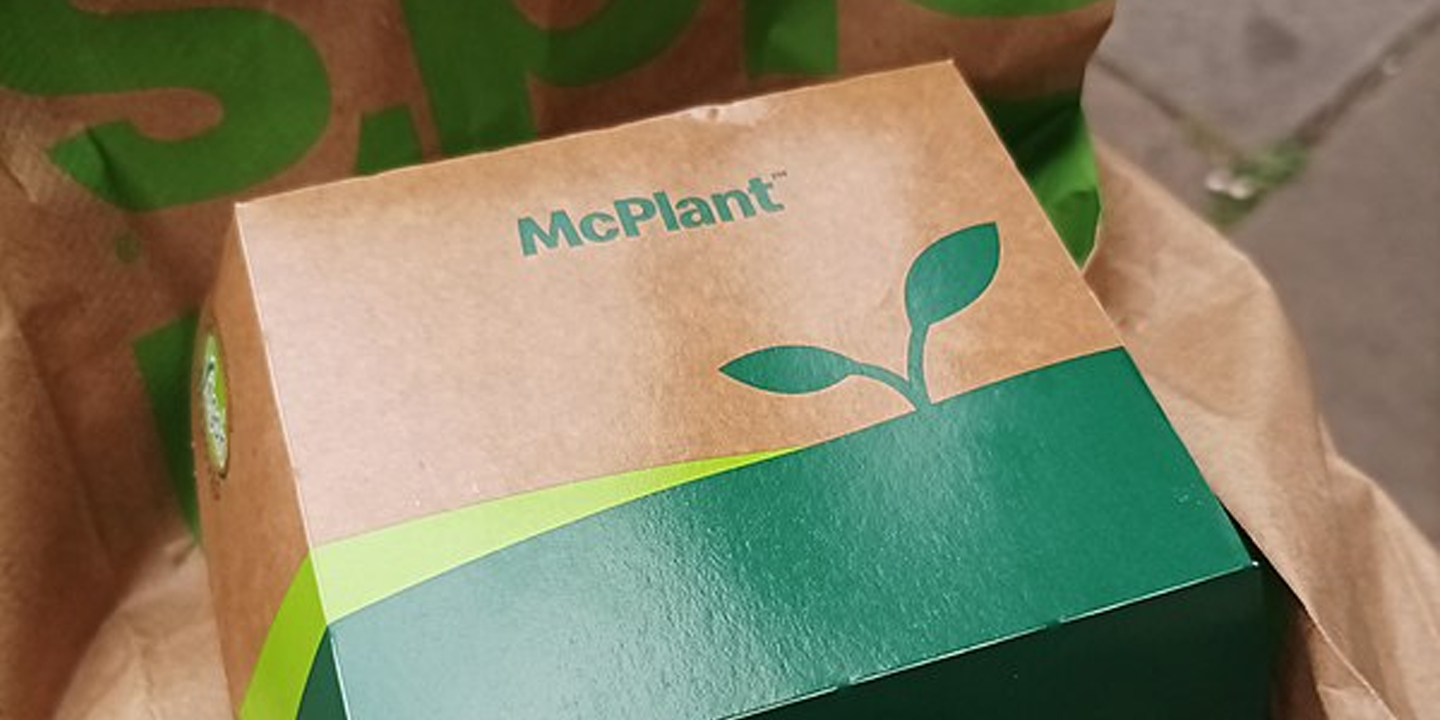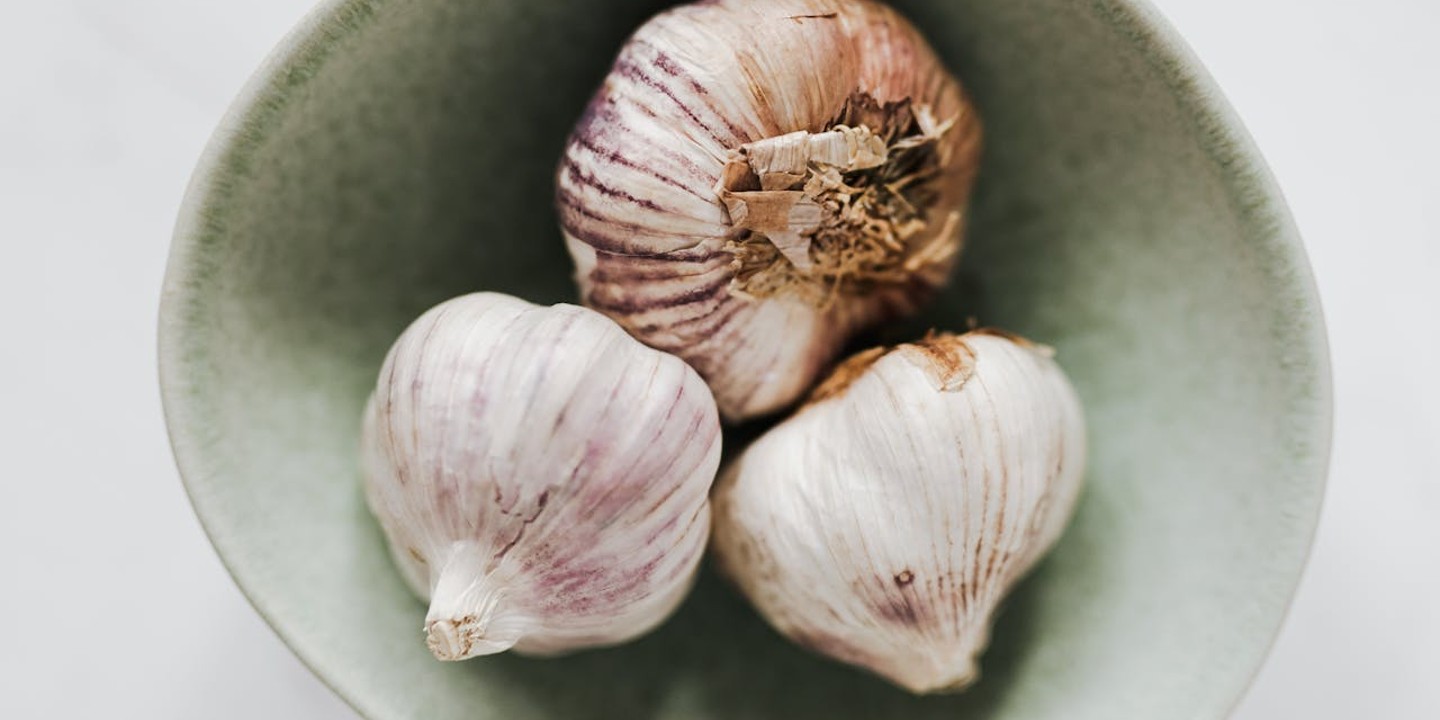Nothing Is Sacred, Even Food
Certain ingredients are heavily coveted and valued by chefs and foodies everywhere. Their rarity, method of production, and desirability drive up their price, presenting an irresistible opportunity for fraudsters to flood the market with cheap counterfeit versions. Here are the 20 most faked gourmet foods.
1. Truffle Mushrooms
Truffles are rare and hard to find, with a one-pound haul sometimes fetching over $4,000. As such, it's no surprise there's a huge counterfeit market with distributors trying to pass off cheaper mushrooms for the real deal.
2. Extra Virgin Olive Oil
Counterfeit extra virgin olive oil is an ongoing problem for authorities. Earlier this year, they confiscated over 260,000 liters of counterfeit EVOO on a raid in Italy and Spain. A lot of the cheaper olive oils you find at grocery stores are either fake or cut with cheaper oils.
3. Saffron
These coveted little red strands are the most expensive spice in the world. Distributors often try to get away with passing off cheaper plants dyed red. Thankfully you can easily tell if it's fake by soaking it in water: if the dye bleeds out, then it's fake.
4. Scallops
One of the pricier seafood options, counterfeit scallops are becoming big business. Another cheaper fish like stingray or even shark is divided using a cookie-cutter like tool and sold for exorbitant prices. Real scallops all differ in size slightly and have different grain patterns.
5. Balsamic Vinegar of Modena
If you find a bottle of Modena balsamic vinegar for drastically less than $100; yes, it's too good to be true. Real Modena vinegar will have only one ingredient (grape musk) and it will have been aged for at least 12 years. Many companies try to pass off cheaper vinegar for this delicacy, even going so far as faking the authenticity documents.
6. Coffee
Coffee is the most popular hot beverage in the world but the process for harvesting the beans is intensive and time consuming. That's why faked versions are increasingly common with companies cutting real beans with chicory, malt, and corn.
7. Wasabi
Real wasabi is very expensive. That's why most of the wasabis you find at Japanese restaurants in North America and Europe only contain about one to three percent real wasabi. The rest is horseradish and green food coloring.
8. Parmigiano Reggiano
As the king of cheeses, there are strict guidelines that must be followed for a cheese to be classified under the title parmigiano reggiano, ensuring quality. Unfortunately, a lot of lesser cheeses are labelled as such anyway. Pre-shredded versions are also often cut with random additives like wood shavings.
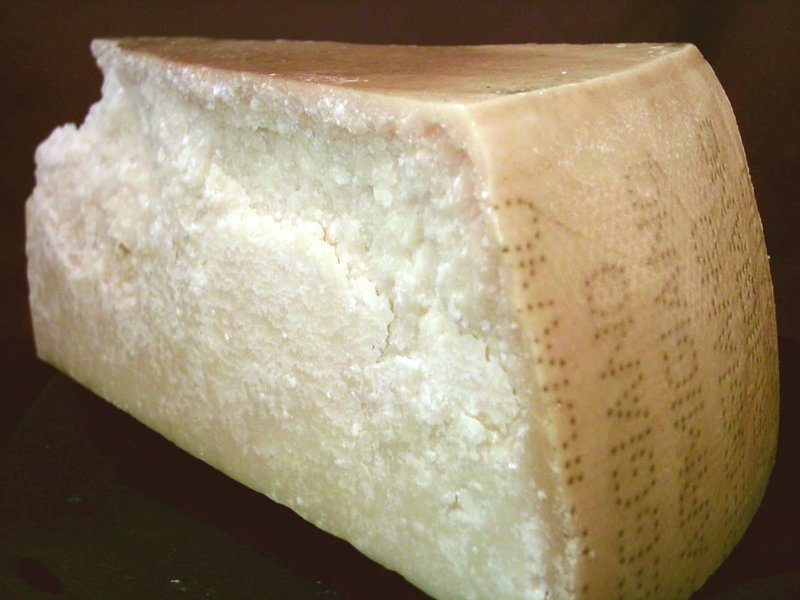 Zerohund~commonswiki on Wikimedia
Zerohund~commonswiki on Wikimedia
9. Vanilla
The second most expensive spice after saffron, vanilla, is often faked, especially in extract versions. Synthetic vanillin or imitation flavoring is used to mimick the flavor of the pricey beans.
10. Wagyu Beef
Wagyy beef comes from a specific type of Japanese cattle that has to pass certain quality tests. Regular beef is often disguised as wagyu and sold for astronomical prices. Real wagyu will be lighter pink in color, always boneless, and have plenty of marbling.
11. Caviar
A classic "gourmet" food, caviar ranges in value from fairly reasonably-priced fish row to extremely rare and expensive beluga whale caviar. Many companies will try to pass off the cheap stuff for the rare and lavish, or worse yet, they'll make fake caviar out of cheaper fish or shrimp. Real caviar has a soft texture and the high quality stuff won't have a pronounced fishy smell.
12. Honey
Honey is commonly faked using glucose, corn, or cane syrups. Fake honey won't have the same complexity of flavor and will have a lingering sweetness that isn't the case with the real stuff.
13. Wine
Fraud in the wine market is an ongoing problem. Companies will often add fillers and additives or mislabel them, faking their origin. This is particularly problematic with finer, more expensive bottles that might retail for hundreds to even thousands of dollars.
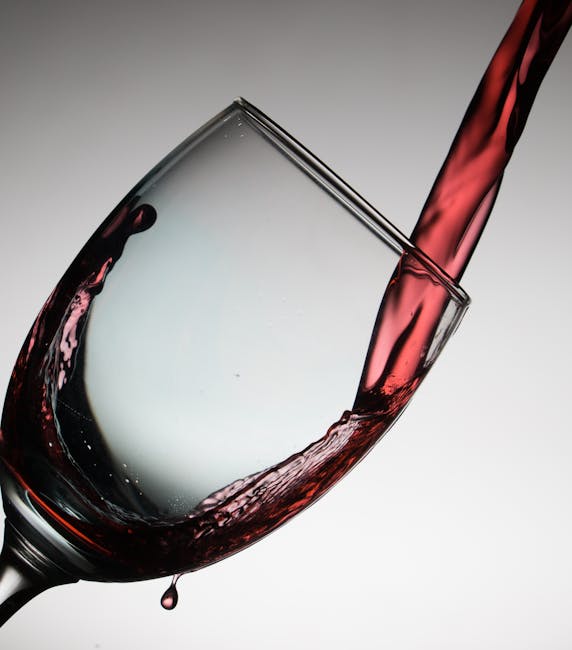 Posawee Suwannaphati on Pexels
Posawee Suwannaphati on Pexels
14. Crab
Most people are aware that the crab at all-you-can-eat sushi restaurants is fake, made from cheaper fish with only about one to two percent real crab meat. However, fake crab is commonly used in more high-end restaurants too.
15. Kobe Beef
Kobe beef strictly comes from Japanese black cows. It's known for its incredible marbling and flavor but comes at a steep price. Regular cuts of beef are frequently passed off as kobe, but the real deal will have the "Nojigiku stamp," indicating that the beef has met the necessary requirements.
16. Sake
The Japanese sake market has been heavily infiltrated by imposter bottles disguised as premium brews. This is becoming such an issue that one company has developed a system using blockchain technology to differentiate the real bottles.
17. Champagne
It's well-known that in order for a sparkling wine to be classified as champagne, it must come from the Champagne region of France. Alas, the promise of fetching much more money for real champagne has birthed a huge counterfeit market. You can tell the fakes apart by keeping up to date with the different bottle shapes and designs but it can be challenging.
18. Iberico Ham
Real Iberico ham is made from the meat of a certain type of pig that's fed exclusively with acorns. The real deal will be expensive, have a slightly sweet and nutty aroma, white marbling throughout, and usually has the bone intact.
19. Bluefin Tuna
Bluefin tuna is one of the most sought-after fishes in the culinary world. However, severe overfishing has led to a steep rise in the counterfeit market, with distributors substituting lower-quality fish.
20. Truffle Oil
Sorry to disappoint you but that $30 bottle of oil you just splurged on is most likely just low quality oil with synthetic flavoring that doesn't contain any real truffles at all. Real truffle oil will have a complex bouquet of aromas, both earthy and nutty.
